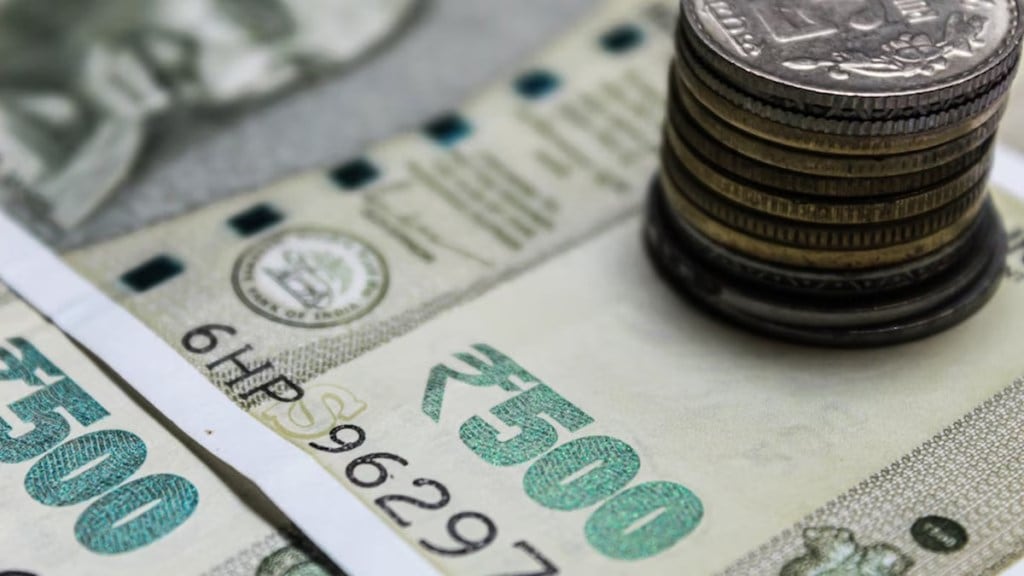The Centre’s fiscal deficit came in at 4.77% of GDP for 2024-25, marginally lower than the 4.84% projected in the revised estimate (RE) for the year, despite a shortfall in revenues, especially tax receipts.
The fiscal deficit stood at Rs 15.77 lakh crore, 100.5% of FY25RE. Yet the fiscal deficit/GDP ratio was contained as the nominal GDP size came in about 2% higher than the first advance estimate.
The Centre’s net tax receipts came in at Rs 24.99 lakh crore compared with the FY25RE of Rs 25.57 lakh crore, reflecting a shortfall of 2.3%.
However, capital expenditure was better than projected in the revised estimate. It came in at Rs 10.52 lakh crore compared with FY25RE of Rs 10.18 lakh crore, showing an annual growth of 10.8%.
Revenue expenditure, on the other hand, saw a moderation with actuals coming in at Rs 36 lakh crore compared with the revised estimate of Rs 36.98 lakh crore.
“Despite a relatively lower projected nominal GDP growth of ~9.0% in FY2026 (ICRA’s expectations) vis-à-vis the budgeted levels of 10.1%, the fiscal deficit-to-GDP ratio can be contained at 4.4% in FY2026, while also accommodating a marginal fiscal slippage (to the tune of ~Rs. 300-350 billion), given the larger base,” ICRA chief economist Aditi Nayar said.
This, along with the additional cushion on the receipts side on account of the higher-than-budgeted RBI dividend transfer, provides comfort on the fiscal front amidst heightened global uncertainties. The RBI’s higher dividend has created an additional fiscal space of around Rs 70,000 crore for the Centre.
In April, the first month of FY26, the centre’s capex surged by 61% on year to Rs 1.6 lakh crore, well above the average monthly required rate of Rs 0.9 lakh crore for the year.
However, revenue expenditure saw a modest contraction, containing total expenditure growth to around 10% in April.
Given this, and the 21% growth in revenue receipts, the fiscal deficit was limited at Rs 1.9 lakh crore in April 2025, lower than the Rs 2.1 lakh crore in the year ago month.

